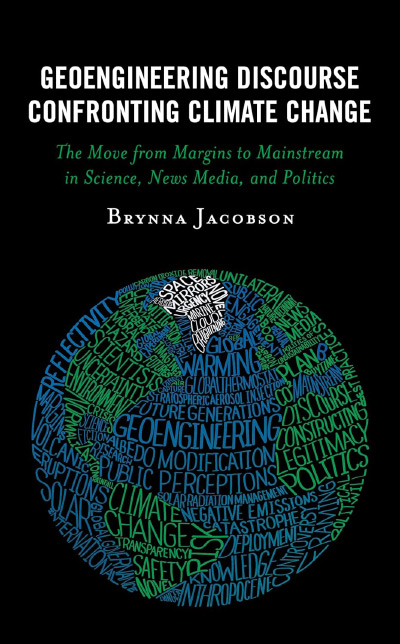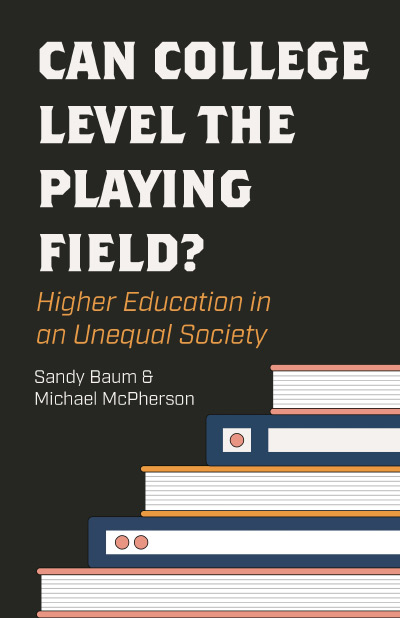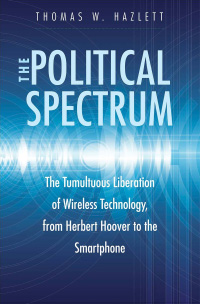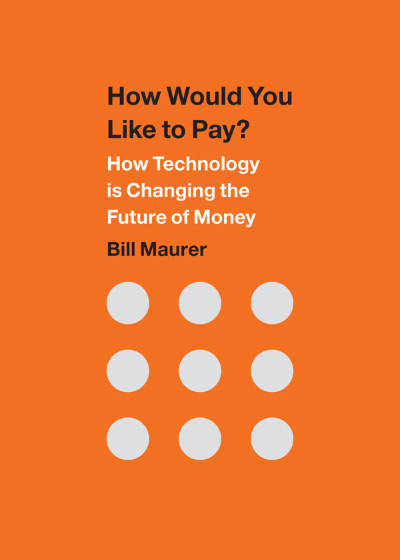Scientocracy is a book of essays that explore how government money can pervert scientific research, and how shoddy research can shape bad policies. It is about the incentives that lead science to corrupt politics, and politics to corrupt science.
Science is a collective endeavor. When it works well, its methods tend to counteract the idiosyncrasies of individual scientists. So it seems obvious that “science-based policy,” like “evidence-based medicine,” is a better way of crafting laws or prescribing drugs than relying on the authority of any particular scientist or research team.
But in policy, as in medicine, there’s a principal-agent problem.
In medicine, patients are the principals; hospitals, physicians, and pharma firms are their agents. Patients usually know less than doctors and drug companies about what might cure their disease or otherwise improve their health. So to some extent, patients rely on the expertise of physicians and scientists to help them navigate the risks and benefits of particular treatments.
In democracies, citizens are the principals; policymakers and regulators are their agents. As the authors of Scientocracy emphasize, regulators can be corrupted by ideology, or misled by interest groups. Political parties have an interest in staffing agencies with people who can better achieve their goals by subsidizing research that supports their pre-existing goals.
The two most egregious case studies of Scientocracy are in the second and third chapters, where the authors outline how salt and cholesterol became associated with heart disease. The scientific connections were always tenuous, but that didn’t stop government agencies from waging a war against chemicals that are, at a reasonable dose, crucial for human health. As a child, I can remember being taught to match my diet to the “food pyramid,” which emphasized consuming lots of carbohydrates, substituting margarine for butter, minimizing fats and meat, and reducing salt consumption. I can remember being told to avoid eggs because although the lean protein of egg whites is good, the cholesterol rich yolks are bad. As most of us now know, all of this is wrong.
Terence Kealey and Michele Minton, in chapter three, do a superb job of outlining how a combination of career ambition, political maneuvering, and an understandable confusion of causation and correlation conspired to lead regulators to lock in bad dietary advice for decades. The rest of the book covers examples that include policymakers shutting down research on the benefits of recreational drugs (for ideological reasons), overreach on the part of the Environmental Protection Agency (because of rent-seeking lobby groups), and the most politically fraught scientific issue of our day: how to appropriately model climate change. Some of these chapters provide insights of general interest and others focus on specific issues that perhaps only specialists will care about.
The opening chapter of the book provides a useful overview of how entangling science with politics can create bad policy. But the authors sometimes make stronger claims than they can support when they criticize government subsidies for basic science research. Kealy and Michaels correctly claim that science is often done to satisfy the curiosity of scientists, and that private firms often find it profitable to conduct scientific research which yields products that make their customers happy and their company money. Therefore, some basic science research is likely to get done even with no government support. From this observation, though, they seem to conclude that little if any public subsidies for basic science research is a good idea. According to Kealy and Michaels, an uptick in public spending after World War II didn’t produce a corresponding rise in scientific discovery.
I don’t have the expertise to assess the empirical claims connecting government subsidies to scientific innovation. But the main question, at least for welfare economists, is not whether some scientific insight will emerge without government support, but whether the level and quality of such research will be optimal. Of course, people will disagree about whether the goal of government policy should be to achieve optimality, or whether optimal investment can be adequately measured in the real world rather than on the chalk board. But it is worth mentioning that many thoughtful economists believe—in reasonably wealthy countries with low levels of corruption—less basic science research will be produced by the market than would emerge if government supported it through competitive grants.
Sure, government grants will often go to unworthy winners; they will finance bad research in addition to breakthrough research. And some of the research will be influenced by government goals, which can corrupt science. The goal, though, would be to try to figure out how to dispense a reasonable amount of money to move us in the direction of optimal government spending on basic science, even if optimality is a normative benchmark that is impossible to fully achieve. On the standard view in welfare economics, basic science should be funded by government on the assumption that, although regulators can be ideologically captured or incompetent, private firms are run by people with short time horizons who would rather pluck an already existing good idea from the commons than spend scarce capital funding research with uncertain benefits for the company.
As a university professor, I wish the authors of Scientocracy discussed ideological capture within the educational sphere a bit more, which is different from cases in which the self-interest of regulators or the ideology of policymakers leads to bad policy recommendations. The authors do discuss the need for scholars to please colleagues, peer reviewers, and grant officers by coming to certain conclusions, which can reduce the impartiality of science and the objectivity of education.
However, I think they understate the problem. Universities have become saturated with pearl-clutching puritans, especially in humanities departments, but also in some of the social sciences. To many who take part in academic life, the ideological purity tests are a feature rather than a bug. Administrators and faculty increasingly indoctrinate students with “luxury beliefs” that function as costly signals to distinguish themselves from the proletarians who will mow their lawns and babysit their children. Luxury beliefs are like luxury goods: “I went to Yale” (said with a dose of disdain), “of course I believe gender is a social construct, white privilege is real, and capitalism is bad.” Young elites bring these beliefs not only into government agencies, but also private companies like Google and Facebook, where they decide what kinds of information their customers will have access to.
This example shows two things: first that some private entities influence the information ordinary people consume in ways that can produce misguided policies; second, that universities, which are propped up by government subsidies, have the power to manipulate young minds, steer research into topics that favor specific ideologies, and create young tech executives whose indoctrination indirectly affects all of us.
Scientocracy is a useful contribution to the study of how science and politics interact to shape policy, sometimes to the detriment of both. In that sense, the book is a public good of the kind that governments and universities are unlikely to produce.
| Other Independent Review articles by Jonathan Anomaly | |
| Fall 2022 | Dissident Philosophers: Voices against the Political Current of the Academy |
| Fall 2013 | The Manipulation of Choice: Ethics and Libertarian Paternalism |



















